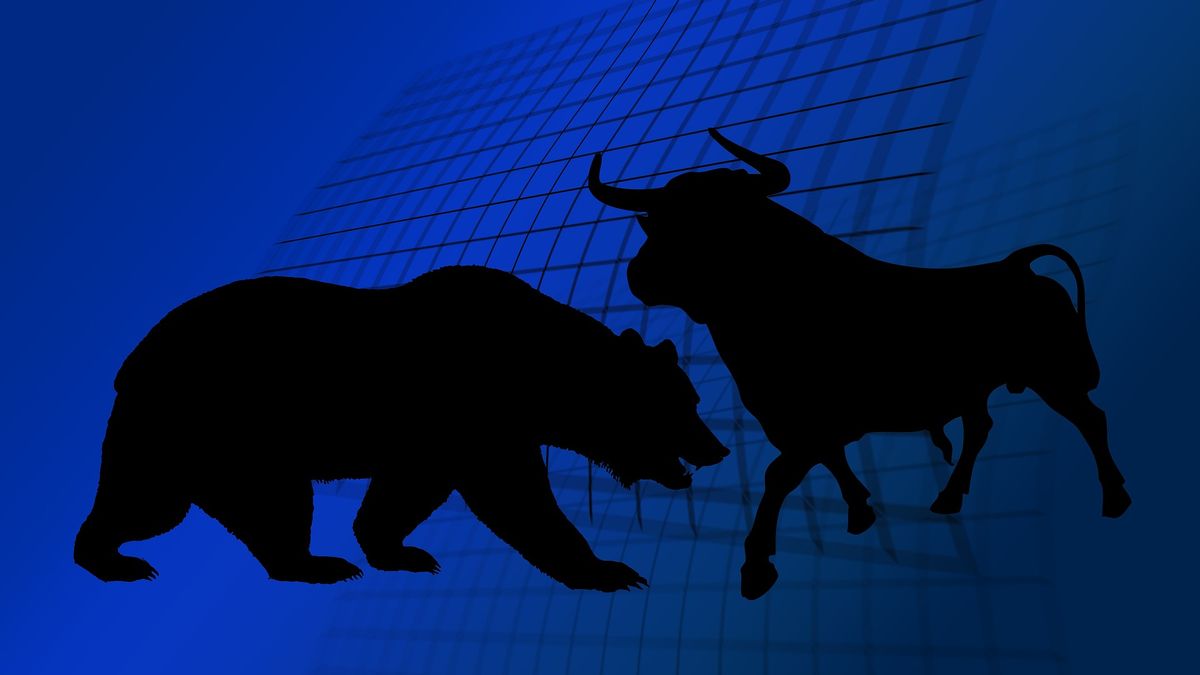As always, I don’t have the slightest idea what will happen in the future, but it seems to be a simple matter of time before we can say again that the US stock market fell again into a “Bear Market”.
To be honest, this idea of the “Bear Market” (like a 20% drop in the level of an index or the price of shares) is something absolutely arbitrary about which the most I can say with some certainty is that it tends to be associated with not very good times for the market and the economy. The fourteen such bear cycles since the end of World War II have taken between 33 days and two and a half years with an average of 19 months for the previous high to break, compared to five months since the Dow fell more than 20% (9/26/22), the eight of the S&P 500 (on 6/13/22), the nine of the Wilshire (11/5/22) the eleven of the Nasdaq (22/4/22 ) and the thirteen of the Russell (27/1/22).
I know that nobody likes to talk about the issue because it makes it difficult to sell financial assets, but we have been in a “bear market” for a long time and it should not surprise us that it was not until April 2024 that we “officially” exit this “bear market”. Bears”. Turning to ADRs, 18 of the 22 certificates I follow for this column ended yesterday lower, with US-only listings losing 1.04% and dual-listing 1.63%, evidencing a once again the weight of mistrust in our plaza. This was also seen in the total traded, which registered a 16% increase in what was traded in Argenyankee papers and a 43% collapse in double-listed ones.
there is no light in the tunnel
By Beatriz Dinovitze.- The New York Stock Exchange fell yesterday as a drop in retail and rising Treasury yields pressured growth sectors of the market, including technology, amid growing fears more rate hikes will be needed. the Federal Reserve to cool inflation.
The 10-year Treasury yield rallied around 4% for the first time since November 10 as investor expectations of a cut this year fade and fears grow that the Fed’s rate cap could be higher than expected.
With a March and May hike all but discounted, the odds for a June hike rose to 16%, compared with just 5% last week. Investors are exchanging views and will refer to the Fed’s minutes due Wednesday for more information on the central bank’s thinking on monetary policy measures.
Meanwhile, rising rates continued to cut through growth sectors, including technology, with Apple Inc Alphabet and Microsoft Corporation falling around 2%.
Chip stocks were hit by fresh signs of weaker demand amid a report that Intel delayed a semiconductor order from Taiwan Semiconductor Manufacturing until next year.
Meanwhile, consumer discretionary was hurt by a drop in retailers after quarterly results from Home Depot and Walmart, which were the main components of the Dow, signaled concerns about consumer strength.
Home Depot fell more than 6% after reporting fourth-quarter results that missed expectations and served to forecast that on 2023 balance sheets a stock could fall by a mid-single digit percentage.
In its post-presentation meeting, the home improvement retailer said it expected a “moderation in demand” amid “higher inflation and rising interest rates, a tight job market and moderating prices.” stock and housing markets.
In this context, the Dow Jones Industrial Index ended at 33,129.59 points, losing 2.06%, the S&P500 stood at 3,997.34 points, falling 2.00%, and the Nasdaq Composite, depreciating 2.06%, reached the 11,492.30 points.
Source: Ambito
I am a 24-year-old writer and journalist who has been working in the news industry for the past two years. I write primarily about market news, so if you’re looking for insights into what’s going on in the stock market or economic indicators, you’ve come to the right place. I also dabble in writing articles on lifestyle trends and pop culture news.




